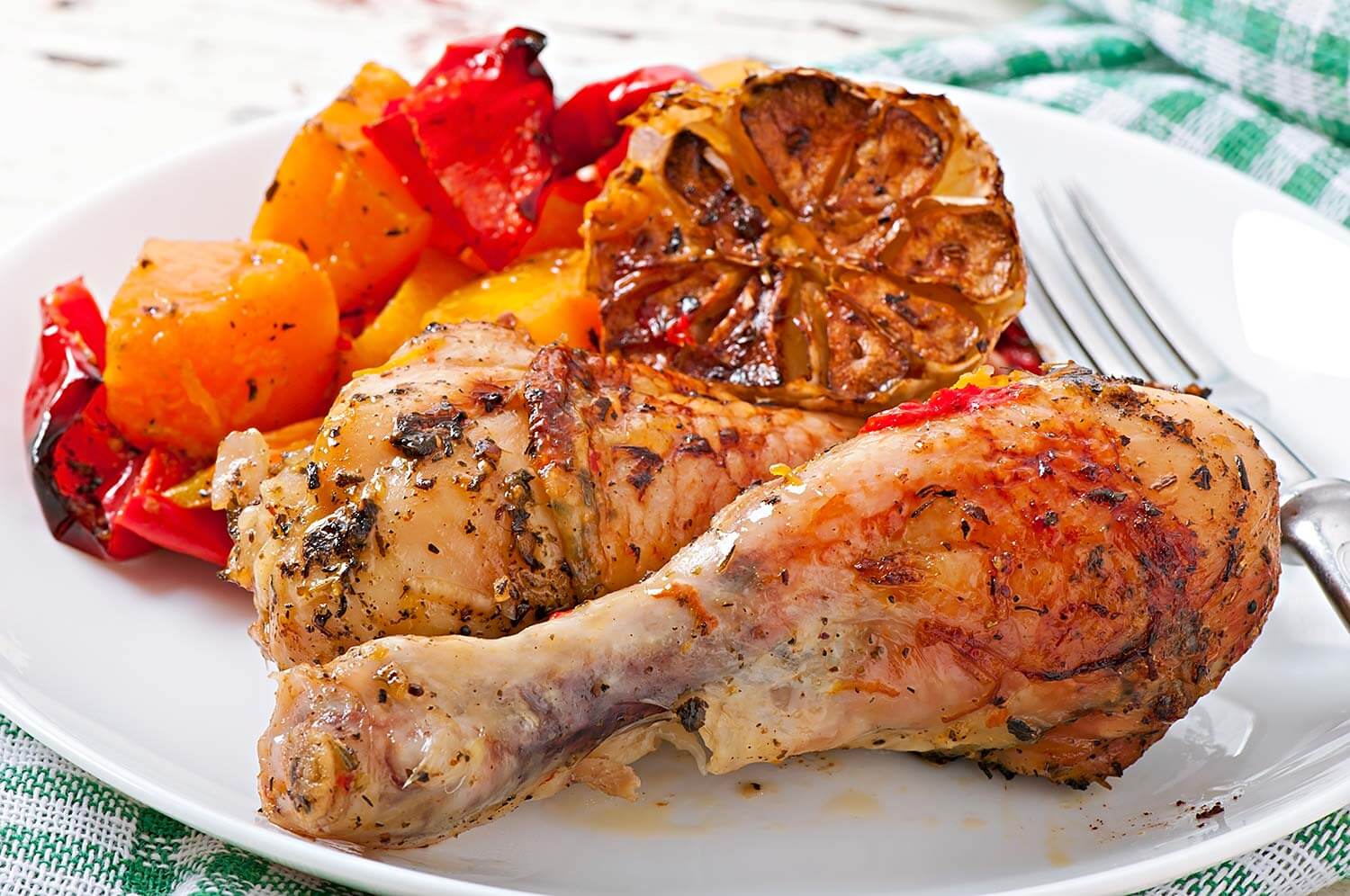Over the past few years, it is possible to observe a certain change in the relationship between people and their living environment. The lifestyles of modern households can no longer be confined to the four walls, as it is being increasingly taken outdoors. This change is more than just a beautiful change about the development of an experience. Backyard seating areas and full-service cooking set-ups are just some of the examples of how people are turning the outside into a focal point of life, leisure, and fleeting imaginations. Among the most attractive and social features of this movement is the reappearance of outdoor cooking as a lifestyle preference
The Cultural Significance of Outdoor Cooking
Cooking outdoors is not something new. It has been a fundamental aspect of life throughout the existence of man especially in communities where fire was the focus of the homes. And all over the world, all cultures have been transferring recipes and traditions which have their roots in an open fire and a common space. Consider the Argentinian asado, the Middle East taboon or the Italian Forno. It is not about cooking these traditional ways, cooking is about bonding, passing around a story, and food as a ceremony.
Re-creation of these communal experiences has acquired a new meaning in the current setting. It also gives a chance to shut down online distractions and to reconnect with our human world. Meanwhile, creating and sharing a meal outdoors encourages communication and presence in a manner that would not encourage in an indoor space.
Creating Multi-Functional Outdoor Spaces
An outdoor area that is well planned is not just a patio. It is like a continuation of the house where people can spend the entire year with proper planning. Several homeowners are currently spending money on weatherproof furniture, pergolas, fire pits, and inbuilt kitchens. Functionality is emphasized; the spaces are to be shaped to respond to the social and practical demands.
A special cooking space is one of the features which have become especially common in such arrangements. This may be as simple as a grill, or it can get more sophisticated with an inbuilt stone counter with storage and preparation area. The installations make people do outdoor cooking not only once a long time, but once a week.
The Sensory Experience of Cooking Outside
Outside cooking is good because it arouses the senses that cannot be aroused by inside cooking. The aroma of the wood smoke in the air and the fire, the sizzling of food and the atmosphere of a dusk in the yard illuminated by a string of light all contribute to making it a very memorable experience. These facts help to enjoy the food more.
It also has the advantage of air flow and ventilation, and this makes it possible to carry out more intense cooking methods. An example is high-temperature cooking that is suitable to some dishes that need fast charging or roasting. An outdoor pizza oven, in particular, offers the kind of high-heat environment that can elevate simple dough, tomatoes, and cheese into a crisp, bubbling masterpiece.
The Role of Seasonality and Sustainability
The seasonal technique of food is a natural by-product of grilling outside. When meals are prepared based on the weather and the location meals are more likely to include what is ready, what is fresh and what is local. In summer, they may serve grilled vegetables and fresh fish and in winter, the winter vegetables and roasted meats are preferred.
It is this reversion to seasonal eating that can also foster more sustainable food practices. By using local ingredients, you will have a lower carbon impact on your food and stimulate local agriculture. Also, cooking done using wood fires or charcoal products, which is properly managed, is usually less wasteful of energy than what is done using electric cooking in a confined area.
Outdoor Cooking as a Learning Tool
Cooking outside has also got an educational aspect. It demands some form of care, knowledge on how to control heat and trial and error. Simple dishes preparing may involve children so that they learn not only about their food but also about safety, responsibility, and patience.
Outdoor cooking is more practical, which leads to a sense of craftsmanship. Hand-rolling of dough, tending of a fire, or temperature maintenance via analog mechanism promotes the physical experience of preparing food, which is something that has been lost in modern life using various appliances.
Safety and Practical Considerations
Naturally, safety will be one of the main issues considered when using open flame or gas appliances outside. The best place to put it must be a non-flammable area, and the person should never leave cooking unattended. They should be heating proof, and a fire extinguisher or water close at hand, in case of emergency, is advisable.
Moreover, smoke emission laws and open-air cooking provisions should be considered, particularly in case you reside in a highly populated area. It could have prohibited on some areas to avoid fire risks especially during the dry seasons.
Incorporating Traditional Methods into Modern Life
Even though there is a revival of the outdoor cooking corners, there is need not to romanticize the past without embracing the present. On the one hand, helping us to recreate the lovely atmosphere and rustic feel of an old-time oven is conventional use of clay or brick ovens, but on the other, there are also new breeds of ovens that combine the old traditions of ovens with the modern safety and convenience factors. An example is that an outdoor pizza oven in a contemporary setting can operate using gas instead of wood such that it offers the same cooking effect but is a more convenient and cleaner burner to maintain.
The deliberation between modernity and tradition results in cooking space that pays its due respects to the past without making any sacrifice in a functional space. It makes sure that outdoor cooking experience is available to all and at all levels of ability and style.
The Social Value of Outdoor Meals
Meals taken outside are hardly ever hurried. Be it a leisure family time or a relaxing get together with friends, outdoor eating would make the time drag. The environment forces one to talk longer, laugh, and exchange reminiscent narrations.
In numerous aspects eating outdoors is turned into a ceremony of simplicity, taste, and relationships. It extends beyond subsistence and turns into a comprehensive experience.
Conclusion
With the rediscovery of al fresco living, but especially the al fresco lifestyle that revolves around cooking and eating together, we are expressing something more fundamental, the need to connect with the world around us, with the world in which we live but also with our fellow humans, and with what we put in our mouths. It is joyful and fulfilling in the same way that roasting vegetables on a fire pit or putting dough into a hand-built oven is where you find yourself, and where you live in the moment.
Outdoor cooking encourages the world, in a fast-paced, digitalized world to slow down, enjoy the moment, and come back to something great in humanity.








